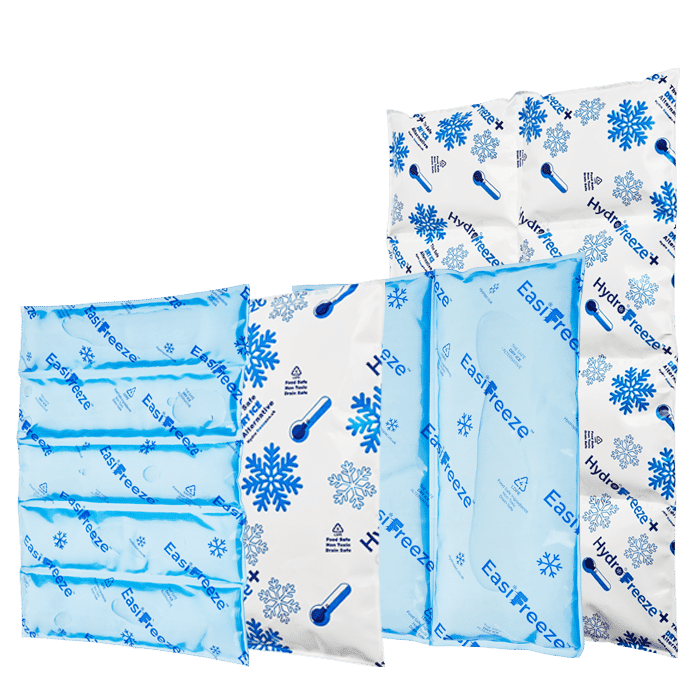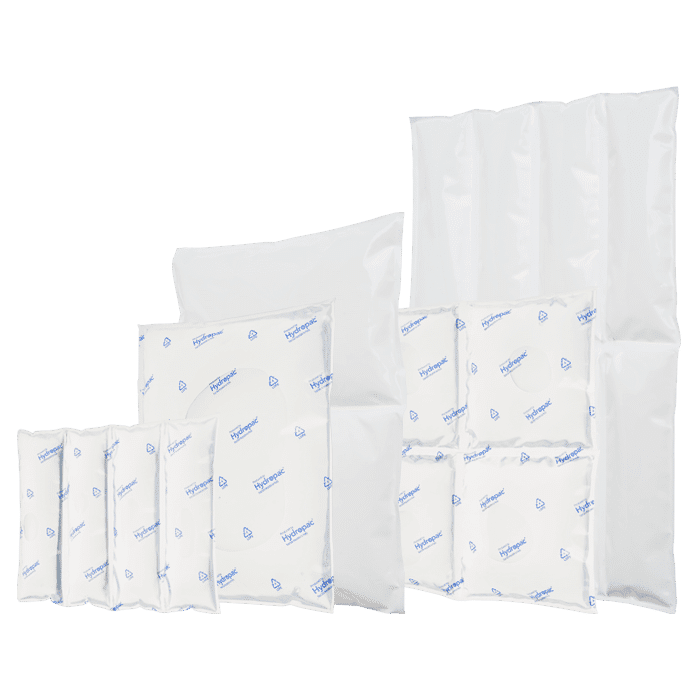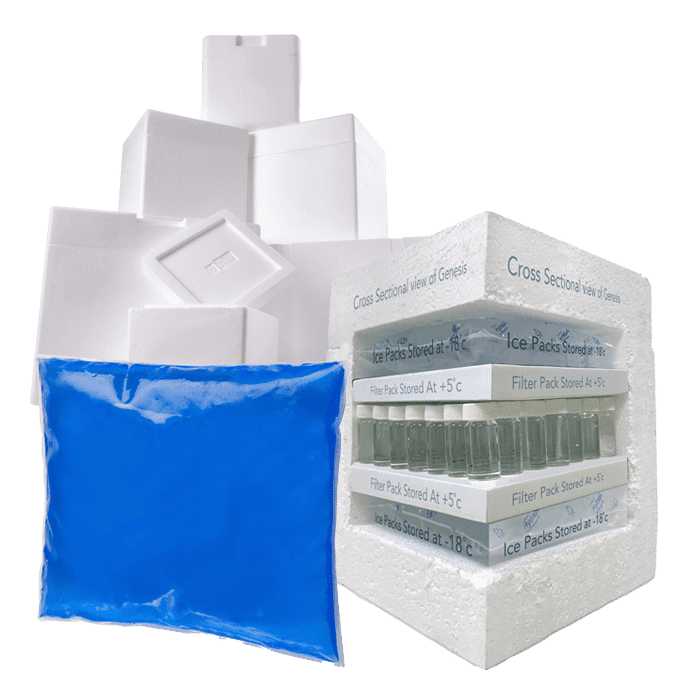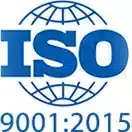Do foam shipping containers still have a place in our eco world?
Foam shipping containers are still seen by many as the backbone of the temperature-controlled shipping industry, as they are highly effective at what they do. Indeed, our EPS polystyrene box shipping systems are still one of our biggest selling products and whilst ithey doesn’t tick that many eco boxes, they are the only version on the market to offer the same combination of insulation, water resistance and cushioning protective qualities at this price point. That all said, globally we are all moving to more eco friendly options (and we have our own range of those, too) so do foam shipping containers really have a place left in the market, and if so, how long for?
Foam containers vary in their eco-friendliness largely by what they’re made of; a container made from Low Density Polyethylene Foam (LDPE) for example is a better environmental option than one made from Expanded Polystyrene (EPS). This is because LDPE will bend but not break and is less toxic than other main plastics if it does get sent to landfill. EPS by comparison breaks up very easily and over time will pollute its surroundings by leaching out styrene (which is a carcinogen). It should be noted that both types can be recycled but at specialist centres, so it’s important not to put them out for recycling with normal household collections, as they will either not be taken or sent to landfill. The Recycle Now Recycling Locator is a handy tool for checking your nearest recycling centres and what they will accept.
That said, many are moving to more eco-friendly options all round, although often at slightly higher cost than buying the traditional foam shipping system. In the long run, it is easier to dispose of a fully recyclable system and many companies capitalise on the eco-benefits in their own marketing to their end customers.
Custom chilled solutions for you
Hydropac offers every customer a customized solution for chilled and conditioned shipping. For example, we help a customer with limited freezing capacity to deliver gel packs frozen and ready to use, and we can manufacture almost all shapes and sizes of cooling elements. As a customer, you come first: we are here to help you.
Eco-Friendly Alternatives
Shipping systems made from recycled / recycled materials are the dream, and as time goes on more and more businesses are moving to this ethos instead of just sticking with what they know. It may be a long time before the majority switch over – it’s hard to take the plunge into the unknown when you have systems in place that work – but the eco-benefits do make for pleasant reading when compared to foam systems that offer the same service.
- Materials – the ideal type of material for a shipping system needs to combine being recyclable/biodegradable/compostable with being effective and durable, so something like plant-based recycled paper/cardboard is ideal. Of course, all of this comes at a cost, so a good alternative would be a recyclable LDPE liner made from RESY 4 symbol material – the RESY logo certifies that the material is recyclable and will be accepted by paper and cardboard recyclers. Other materials that come from renewable resources include wood, bagasse and bio plastics (PLA) which are made from plant stretch.
- Moisture Resistance – this is very important, especially for shipments where ice packs will be used internally to maintain the temperature, so it’s worth checking whether an eco-friendly system uses this, and if so, what it’s made from. Our EnviroCool system for example uses a heavy grade virgin fibre paper for the outer layers, which protects the inner box with a natural moisture barrier.
- Food safe – it goes without saying that any system used to transport food products needs to be certified food-safe. Eco-friendly materials that tick this box include cardboard, Kraft paper and RESY 4 LDPE.
Costs
We’ve discussed before whether end-users should take the moral dilemma of eco-friendly packaging and part of this decision would be made based on the increased cost – whilst some companies will absorb this to maintain their own eco-credentials, others will pass it down the line. Would this put people off and keep foam shippers in business purely based on their cheapness? It’s a hard question to answer, as environmental concerns are presently a massive issue the world over. This is why we’ve introduced products like our LDPE ReflectiveAir liner – this is also a low cost, effective solution that may not tick all the eco-boxes, but can be reused in a number of ways and recycled via specialist recycling centres.
In conclusion, for now at least we can see that usage of the EPS and LDPE foam shippers won’t stop overnight – they have been trusted and relied on for so long. We would, however, always recommend buying LDPE over EPS as this will be kinder if it does end up in landfill than EPS will. Moving forward, we hope to see an upturn in both companies and end consumers choosing the eco-option; after all, we’re willing to pay extra for reusable straws and household items, so why not the packaging our food orders are delivered in?
Sustainability Hydropac and CSR
Sustainability isn’t just a trend for us – it’s a promise. As we innovate, create, and lead, we keep our planet’s well-being at the forefront. With Hydropac, you’re not just preserving the quality of your cargo; you’re contributing to a healthier world.
Experience the power of sustainable temperature assurance with Hydropac – where excellence and environmental responsibility coexist for a brighter future.







